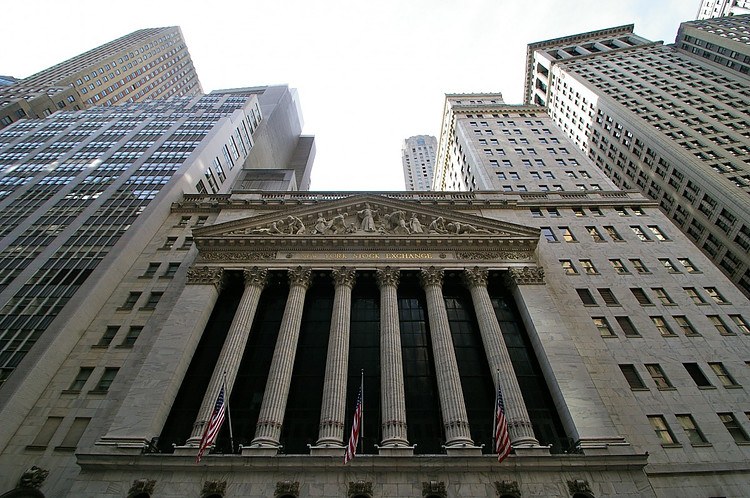Products You May Like
- The S&P 500 and Nasdaq 100 both posted their fourth straight day of losses on Friday.
- But the former remains supported above 3900 as the macro backdrop remains positive.
- Rising US bond yields have been a cause for concern this week, however, and this was evident on Friday.
The S&P 500 ended the session with modest 0.2% losses, meaning the index has now fallen for four straight days, its longest losing streak so far this year. Not that the losing streak has actually resulted in many downsides; the S&P 500 remained supported to the north of the 3900 level on Friday, as has been the case for most of the week, and is thus only really one strong session away from hitting all-time highs at 3950 again, which, for reference, were set on Tuesday. On the week, the S&P 500 dropped 0.7%.
The Nasdaq 100 also saw its fourth consecutive day of losses, dropping 0.4% on the day, meaning its has now reversed slightly more than 2% from all-time high levels set on Tuesday of just below 13,880. On the week, the Nasdaq 100 dropped 1.6%. Finally, the Dow Jones Industrial Average closed the session flat, meaning it closed the week with very modest 0.1% gains. For the most part, the index has remained within 31300 to 31650-ish parameters.
In terms of the sectors, Industrials led the way, boosted by strong gains in Deere & Co. and Caterpillar’s shares. The S&P 500 airlines index also jumped, with focus on the potential for a post-pandemic recovery in air travel. Stay at home Tech names like Microsoft (-1.2%), Google (-0.8%) and Netflix (-1.5%) all fell.
Driving the day
For the most part, the macro backdrop remains positive for stocks; Congress continues its march towards attempting to push through US President Joe Biden’s $1.9T stimulus bill (which is expected to be passed into law before the expiry of enhanced unemployment benefits on 14 March) and there is even the beginnings of chatter regarding a potential blockbuster $3-$5T infrastructure investment package to come next (this would be Biden’s touted “Recovery Package”). Meanwhile, US data has, for the most part, been strong; January Retail Sales on Wednesday were a huge beat and the NY Fed, Philly Fed and Markit PMI business condition/activity surveys were all better than expected.
However, and perhaps preventing stocks from extending on their recent upside run, US bond yields continued to shoot higher into the end of the week. The above factors are boosting expectations of a strong economic recovery and, coupled with evidence that inflation is picking up at a faster than expected rate (US January PPI earlier in the week was hot and global PMIs all pointed towards record levels of price growth, spurred by supply chain disruption), bond markets appear to be betting on the withdrawal of Fed support sooner or later. On the week, 10-year TIPS yields (the real yield on the US 10-year) rose over 20bps to above -0.8% and similar magnitude moves were seen across the nominal rates curve.
Market commentators are calling this week’s price action the “taper tantrum” 2.0, only this time the Fed hasn’t even officially announced to the market that it wants to unwind QE. The official line from the Fed remains that bond purchases will continue at their current pace until “substantial” progress has been made towards its employment and inflation goals. Influential Fed member Lael Brainard said earlier in the week that she expected QE to be wound down in 2022, which seems in line with the median expectation of most other Fed members, though this will of course be data dependent. However, the also very influential Fed member John Williams (who is President of the NY Fed) said on Friday that the recent rise in yields was not a concern, which might be seen as the bank giving the market the green light to extend on recent moves.
As far as equity market traders are concerned, movements in bond yields will start to matter when yields get to levels that start attractive capital flows out of equity markets. In other words, one of the driving forces underpinning stock markets at current levels is the idea of TINA (i.e. the notion that There Is No Alternative to investing in equities if you want to get some yield) and as this comes under threat, nerves could be triggered.

